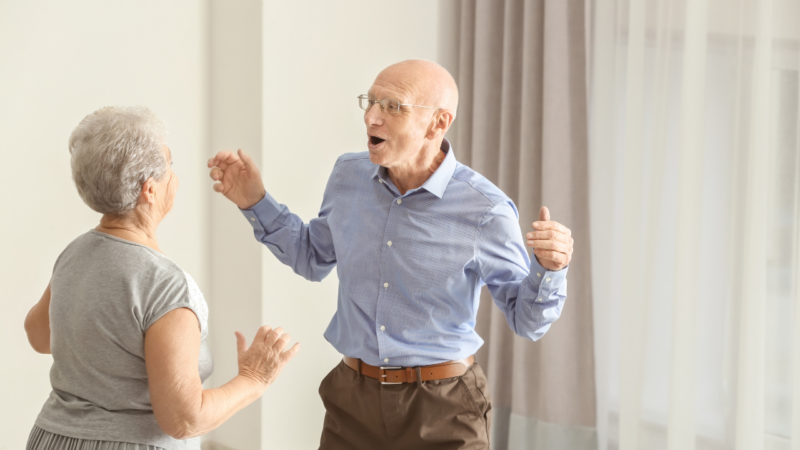You may associate being flexible with prima ballerinas and gymnasts, but did you know that, even as we age, everyone can work on improving their leg flexibility?
So, what is flexibility?
Flexibility is the joint’s ability to be moved through an unrestricted ‘range of motion’ (this refers to how far you can move or stretch a part of your body, such as a joint or a muscle) allowing free-flowing movements required for everyday activities.
Our individual level of leg flexibility is influenced by many factors, including:
- Health of the tissues around joints — i.e., muscles, ligaments, tendons, skin
- Previous or current injuries
- Normal activity levels
- Medical history
- History of participation in activities where flexibility is specifically developed
As we age, our bodies may start to develop altered postures and patterns of moving largely due to changes in routine, injuries, or other health issues.
These things have the potential to impact our leg flexibility and can lead to further issues.
Completing flexibility exercises as part of your daily regime is crucial to help improve muscle and soft tissue length, improve posture and improve strength.
5 ways to improve flexibility in your legs:
- Leg flexibility stretches are among the best options for increasing leg flexibility. Stretching should be performed gently and slowly and should never be painful. Chat with your physiotherapist to develop a stretching program that is right for you.
- Turn on your favourite song and have a dance! Dancing has been shown to improve leg flexibility too, so dust off those dancing shoes.
- Get moving! Minimising prolonged positions, such as sitting for long periods throughout the day, can help to reduce muscle shortening. If you must sit, keep your legs active by kicking your legs out, marching on the spot or by attempting to trace the outline of the alphabet with your feet.
- Include a walk in your daily routine, whether it be an extra lap around the kitchen after breakfast or a lap around the block in the evening. This is particularly delightful in the warmer months.
- Warm up your body! Use a heat pack or warm shower to limber up those legs.
To learn more or have a qualified physiotherapist create a program tailored to your needs, please get in touch with one of our friendly team of physios.
References:
- Flexibility – Physiopedia (physio-pedia.com)
- Age and Exercise– Physiopedia (physio-pedia.com)
- Difference Between Passive Range of Motion and Active Range of Motion



 1300 797 793
1300 797 793